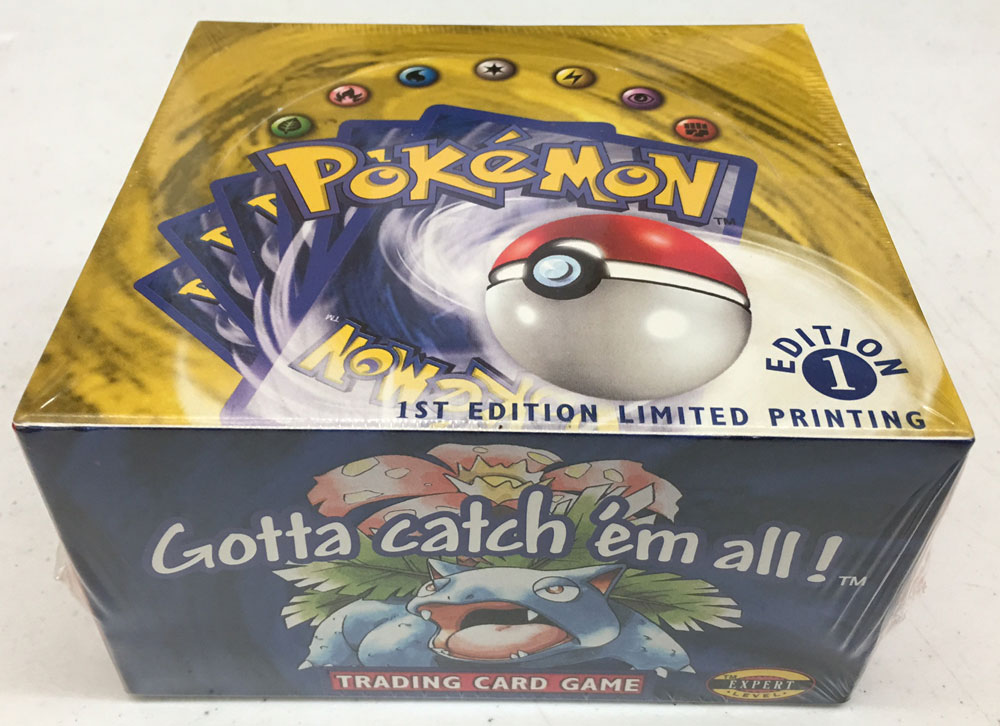Whether you collect Pokémon cards or not, you’ve probably seen them mentioned in some capacity lately. The market is crazier than ever after Logan Paul’s recent Base Set Booster Box openings.
Those openings mixed with the quarantine opened a lot of people’s eyes to the Pokémon TCG for the first time. For many others, they got back into the hobby purely for nostalgia reasons.
Either way, the demand is here in a big way. Supply of sealed product? Not so much. Because of this, many collectors are turning to buying single cards online.
There’s nothing wrong with doing so, but you should be informed and well versed on spotting fakes.
I scoured the internet to find some tips to help spot counterfeit cards:
The Back of the Card
Many sources point to the back of the cards as one of the easiest ways to authenticate. Some sources claim this method is up to 80% effective.
Fake cards often have inconsistent coloring (many times a lighter shade of blue). Look at the top right of the Poké Ball on the back of the card. On a genuine card, this area will have different shades of blue mixed together. On a fake card, this area will often times be filled in with one solid shade of blue. (photo reference below- from TheCardBazaar.com.au)
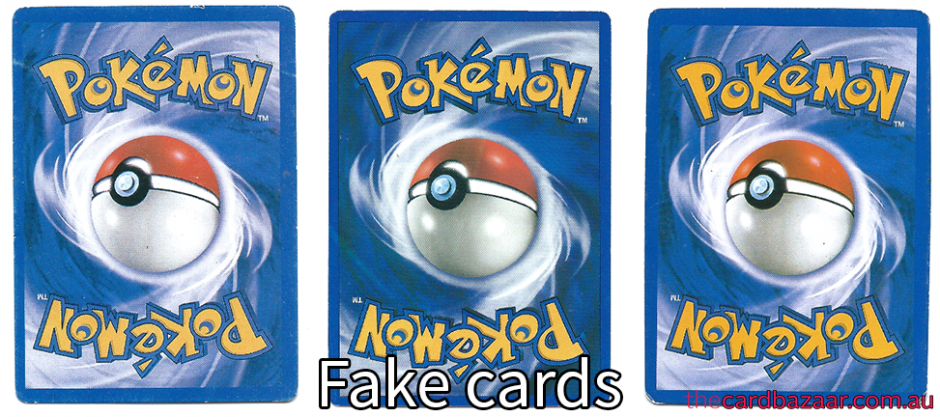
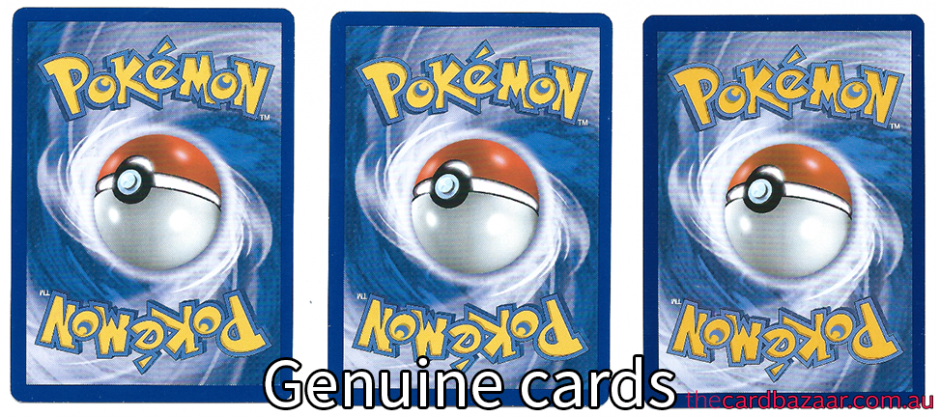
Coloring Inconsistencies
In addition to the spot to the top right of the Poké Ball on the reverse of the card, fake cards tend to be discolored on the front as well. If you use a known genuine card as reference, it’s usually pretty easy to tell. Many fakes that I noticed in my research were darker than normal overall. (photo reference below from insider.com)
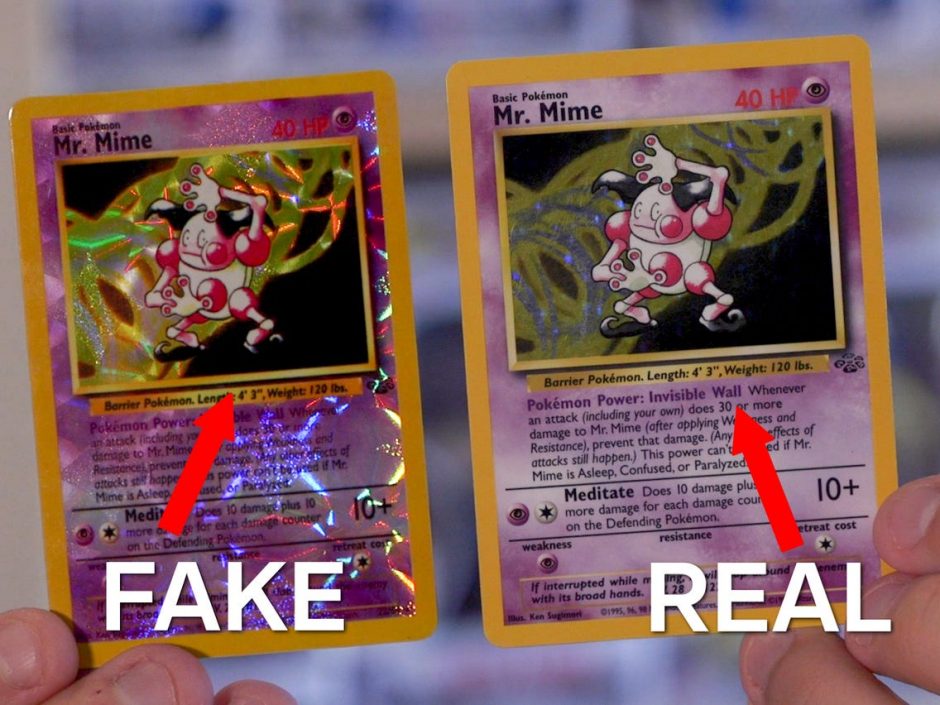
Lettering and Font
Many fake cards will have spelling mistakes or use fonts that Nintendo doesn’t use. Again, using a known genuine card as reference will always make this easier. (photo reference below from reddit.com). You’ll also notice in this example that the attack has no number next to it, as it would on genuine cards.
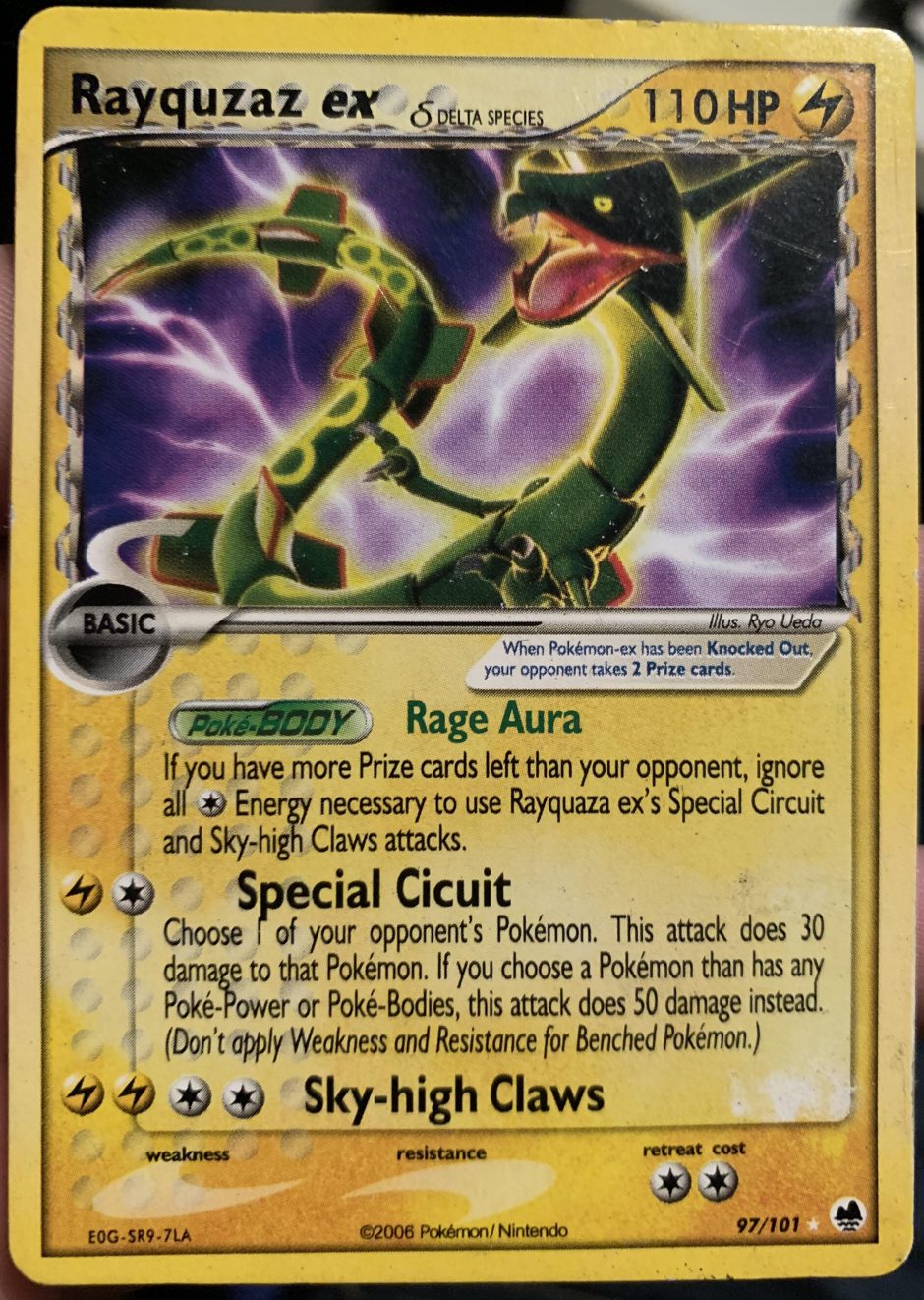
HP/Damage
As you saw in the example above, sometimes counterfeit cards will have no damage accounted for at all (or at least not correctly). Often times, fake cards will also use unrealistic HP or damage amounts (i.e. 1000 HP). Usually, a Pokémon won’t have much more than 300 HP and deal about 300 in damage for one attack. Anything more than that should raise suspicion. (photo reference below from reddit.com).
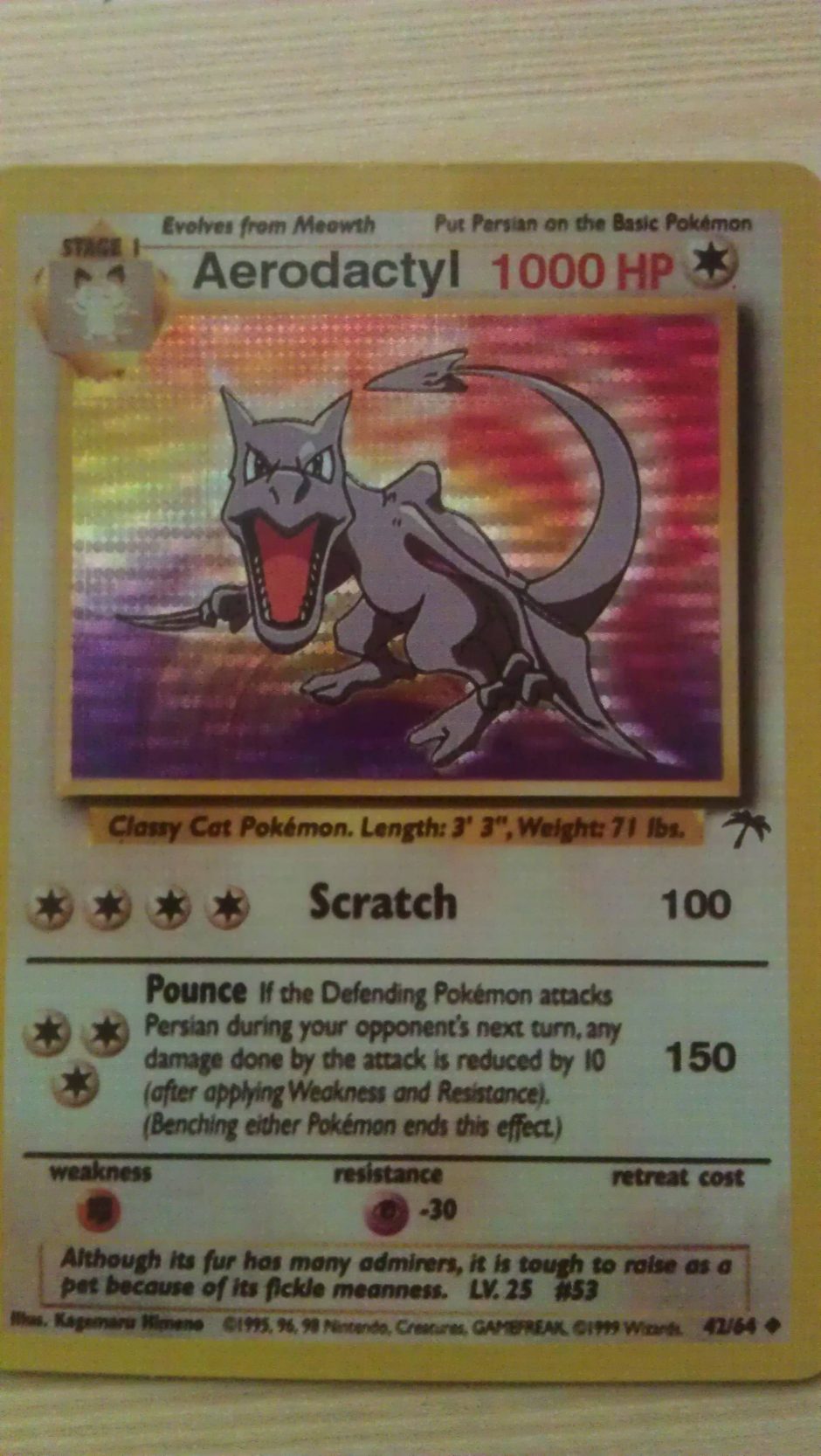
Card Number/Set Symbol
Every Pokémon card will have a number in the bottom right or left corner (depending on the set). You’ll always want to Google image search your card for a photo of a genuine one. Use that as your reference and make sure the number matches.
Also, each set in the TCG has a unique symbol used to identify it. In older sets, this was located next to the Pokémon’s weight. In newer sets, it’s located in the bottom corner. Make sure the set symbol matches the card you have and be aware that sometimes the same art is used in multiple sets.
(photo reference below from Professor-Oak.com).
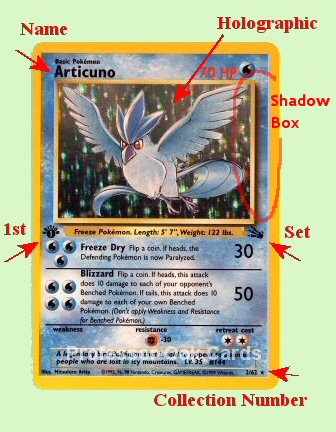
Energy Symbols
Many fake cards will have energy symbols in which the inner art is larger than it should be.
(photo reference below from TheCard-Bazaar.com.au).
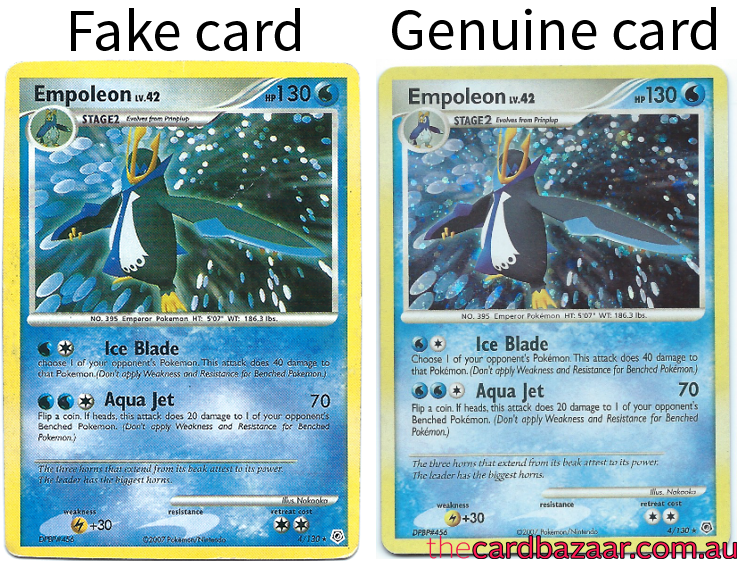
The Light Test
This is probably the method I’m most unsure of personally after my research. Many sources claim that if you shine a flashlight directly onto a fake card, a ton of light will pass through. Those same sources allege that this isn’t the case with genuine cards.
I also found a lot of sources claiming that they owned confirmed fakes where almost no light passed through. As with any of these counterfeit test methods, you’ll want to use multiple methods, not rely on just one.
(photo reference below is of a confirmed fake card from reddit.com).
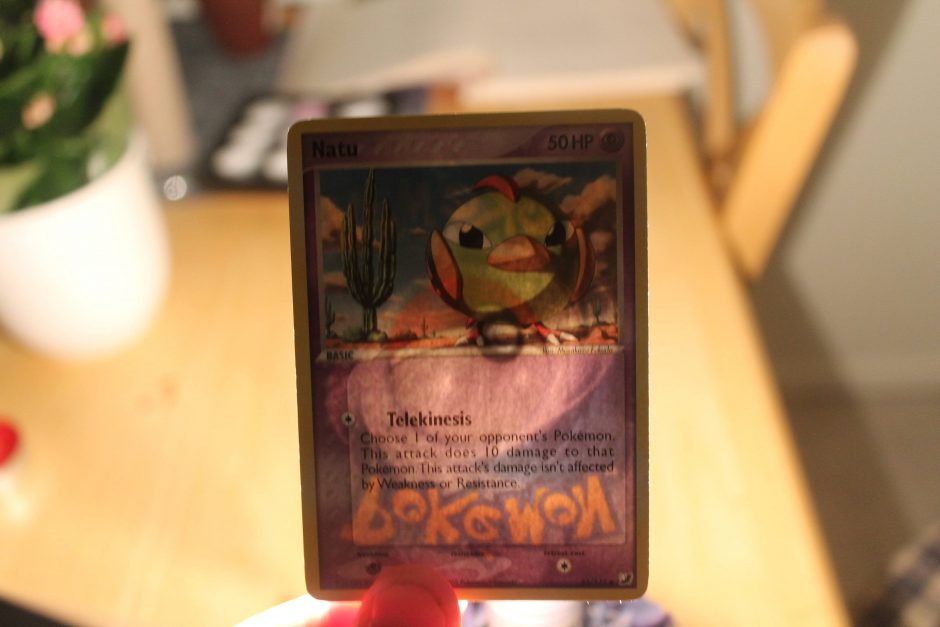
Holographic Pattern/Effect
Many fake cards will have a holographic pattern when they shouldn’t and vice versa. This is definitely a situation where you want to Google image search the card you’re looking to buy. Find a listing from a trusted seller to use as reference. Sometimes they will have a holographic pattern but it will be one that Nintendo doesn’t use.
I also found listings for holographic cards that weren’t cards at all. They turned out to be stickers. (shown in second photo below)
(photo reference below from justinbasil.com and reddit.com respectively).
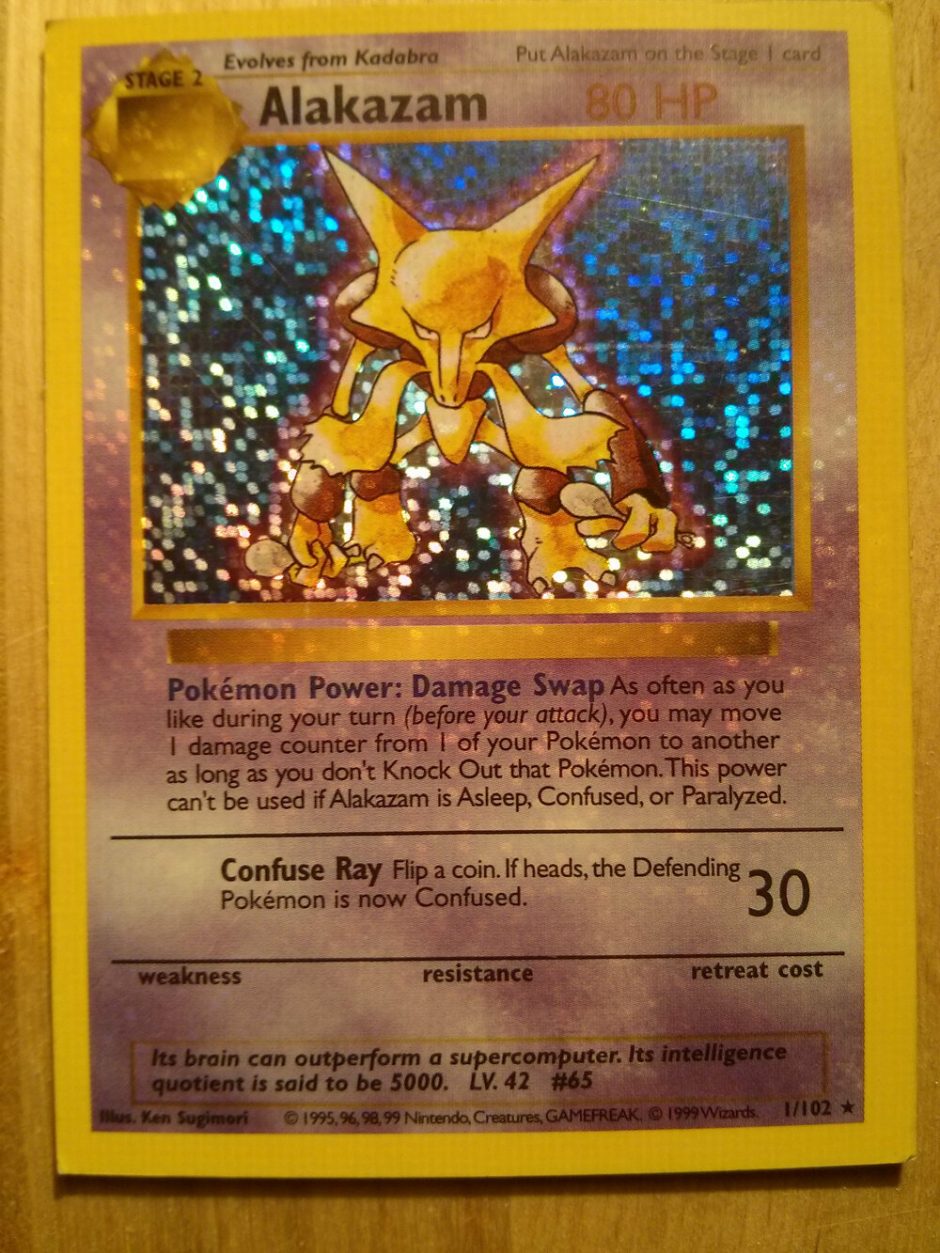
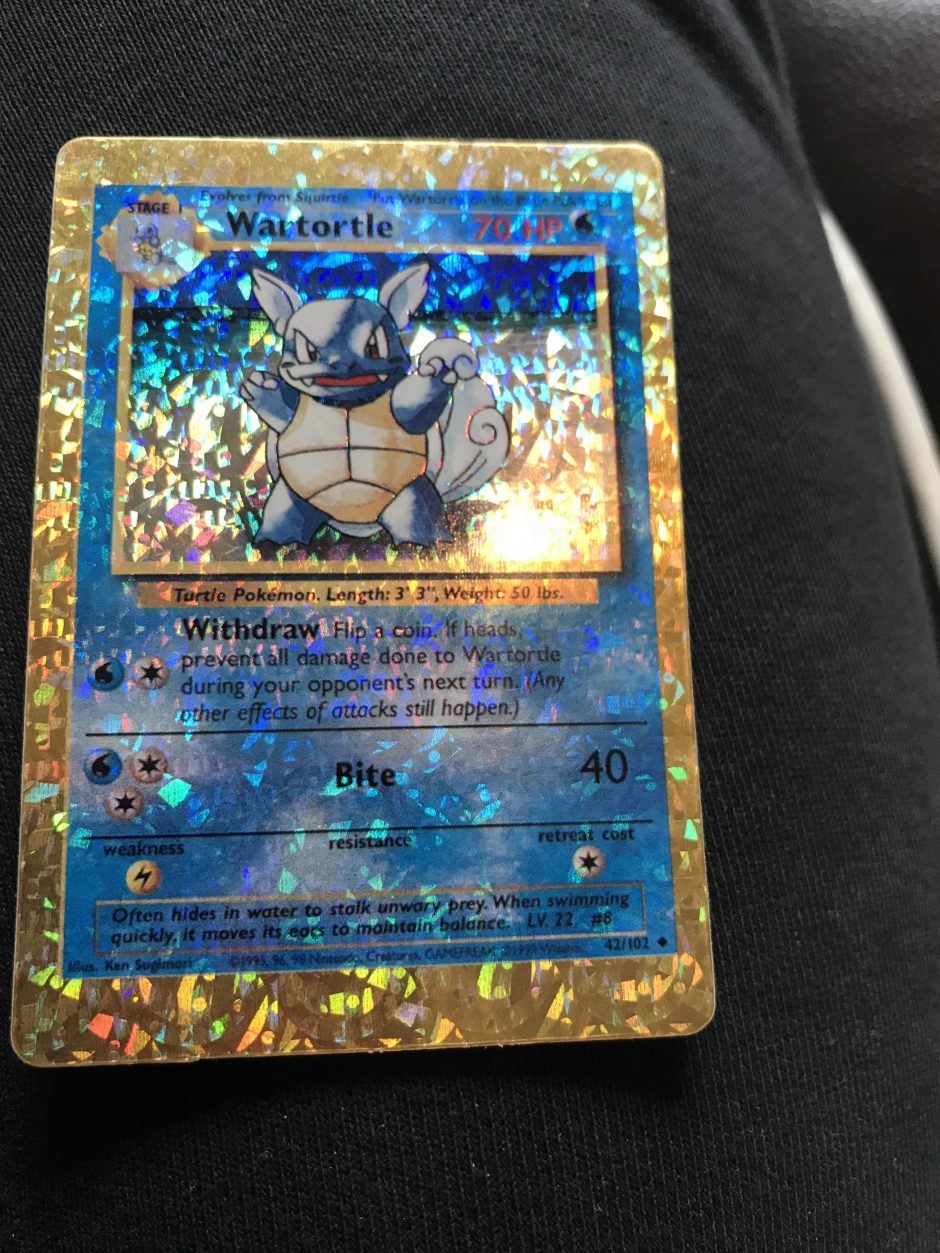
Card Material
Often times fake cards will feel smoother and more brittle than genuine cards. With manty fakes you’ll notice an overly glossy feel on the front or back of the card. Counterfeit cards will bend, tear, and rip much more easily than real ones. DO NOT go rip your cards in half, but if you’ve exhausted all other options, this is the last resort. In the photo below, the real card is on the left and the fake card is on the right. You’ll see a noticeable difference.
(photo reference below from efour.proboards.com)
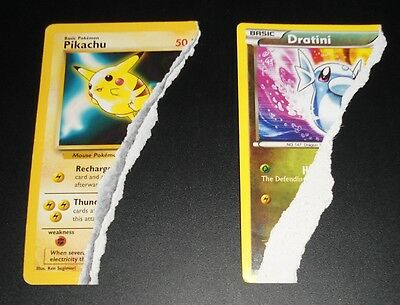
Check out the video below for more great tips from our friend Will at the Dr. Applesauce Two YouTube Channel:
THINGS TO BE AWARE OF
When you see things like borders on the card that don’t match, that doesn’t necessarily mean you’re dealing with a fake. When the cards get printed and cut, human error comes into play. Not every cut is going to be prefect.
Promo cards may look different and raise suspicion. You always want to look for a Black Star logo near the card art or in the bottom corner to indicate a legitimate promotional card.
Misprints do happen. Whether it’s incorrect HP or something missing, again, errors do happen. You always want to cross reference with a Google image search of the card you’re looking to buy.
I would recommend putting cards through all of the tests I mentioned. Don’t rely on one indicator to prove authenticity. The more ways you can test the card, the better. I hope these tips are helpful and happy hunting!
You may also like
-
When We Were Young Music Festival Returns in 2022 with My Chemical Romance, Paramore and a LOT More!
-
THE “COOLEST” YOUTUBE DJ SETS OF 2021
-
Courtney Cole Explores Healing Frequencies on New Single, “Light”
-
Talking Funko and YouTube with Crystal Lea
-
Almost Two Decades Later: The Matrix Resurrections Official Trailer

